Sydney mansion home to five top gamers streaming to the world
Behind the walls of this $15 million Sydney mansion, dubbed the “Click House”, are five of the highest-ranked gaming celebrities in the country who play video games up to 16 hours a day. Their devoted subscribers pay them up to $50 a month watching them play — netting them tens of thousands of dollars.
- Aussies getting paid big bucks to play video games
- Telstra suspends gamer after alleged assault on partner
EXCLUSIVE: It’s one of Sydney’s most profitable “factories” but there are no conveyor belts or forklifts and not a high-visibility vest in sight.
Instead, inside the high walls of this $15 million Darling Point mansion, there are green screens, computers, cameras, microphones and a few bean bags.
Here the residents — five of the highest-ranked internet gaming celebrities in the country — wake every morning to a non-stop schedule of up to 16 hours spent playing video games that they upload to streaming platforms such as YouTube and Twitch.
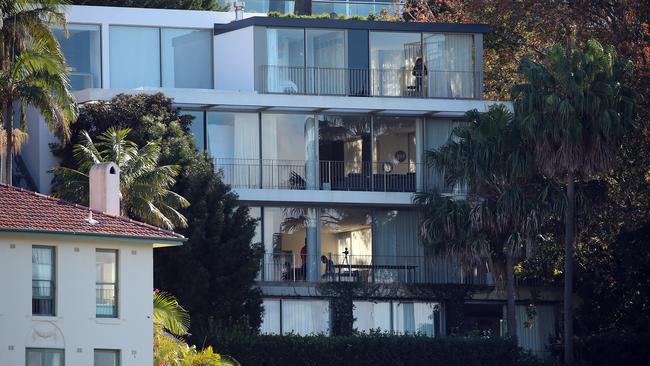
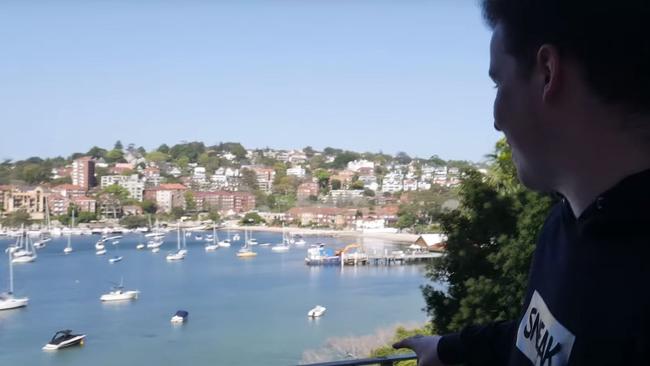
MORE FROM SUNDAY TELEGRAPH
Welcome to the Click House — a purpose-built streaming factory capable of turning over millions in revenue every year in the increasingly monetised world of internet gaming. But their brief isn’t to compete — that’s the professional eSports gaming community and is something else entirely.
This is pay-per-view entertainment.
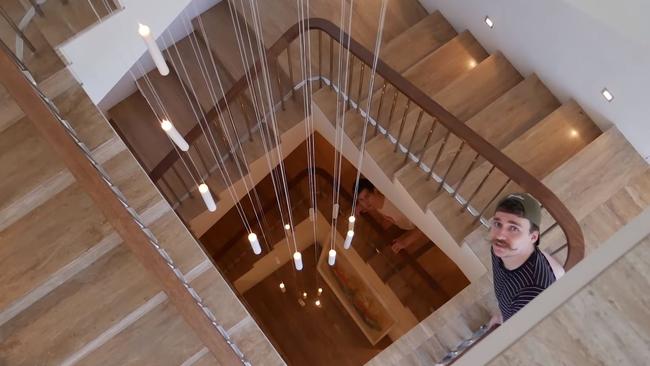
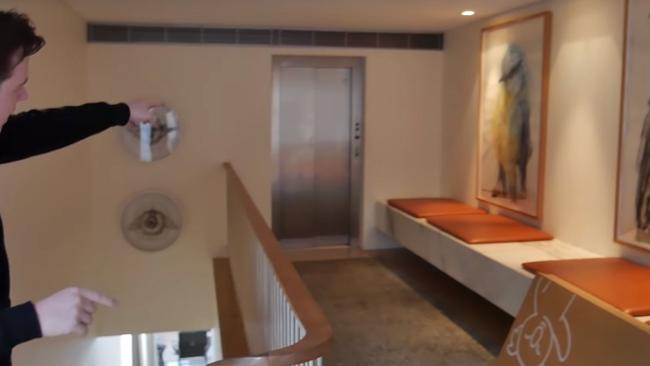
Gamers play for hours, brandishing trick moves and novelty tactics (getting through a stage of Fortnite with no weapons, for example) and always with the backdrop of their own style of over-the-top commentary.
Their devout subscribers number in the tens of millions and pay as much as $50 a month.
For budding geek boys and girls, it’s a lifestyle that seems ripped from their wildest dreams.
But the reality, according to the factory gamers, isn't always so wonderful.
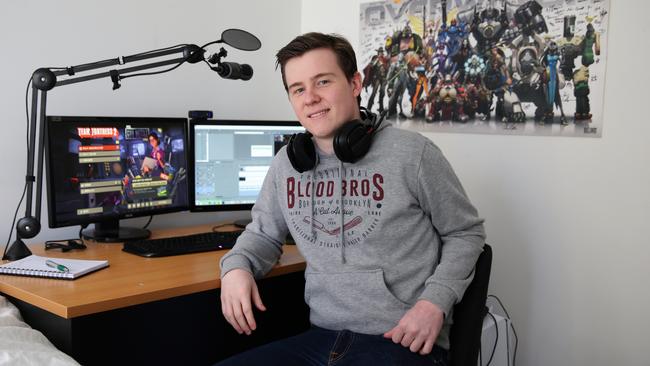
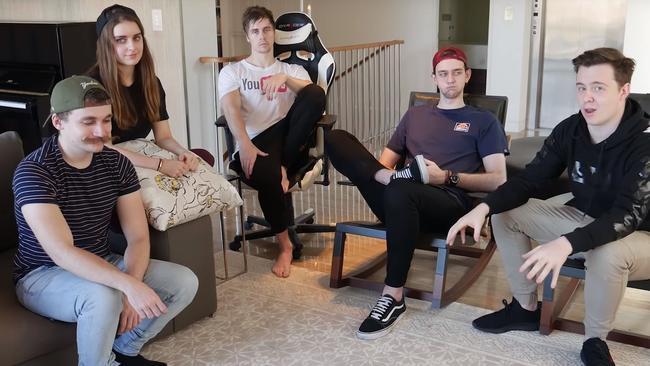
For a start, said 24-year-old Elliott Watkins — streaming name Muselk — there’s the ever-present tick-tock of “the horizon”.
“Put it this way, no one wants to watch an old man play video games,” said Watkins, whose schtick of goofy Fortnite cheats is beamed daily to his eight million subscribers.
“This life is incredible but it’s also finite. I won’t be making videos when I’m 50.
“We have a five to ten year horizon and that’s it. And that’s why we work so hard and put in these crazy hours. Because there’s a time limit. And then someone else comes along.”
Those hours can also take their toll.
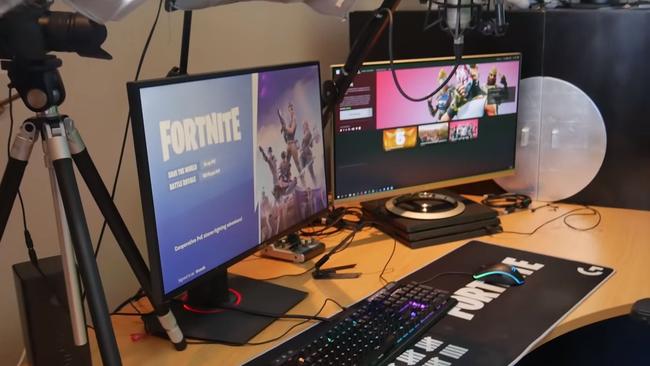
Watkins recently dialled back his 16-hour days to a more manageable 14 and makes a point of shoe-horning “at least” two hours of “some kind of physical activity” into his day.
“But you definitely do see burnouts where sometimes you have to say to someone: ‘Hey maybe you should take a break’. Personally I realised I had to offload some work before I went crazy.”
Watkins now employs two full-time video editors who help lighten his workload.
He also pays a chunk to a management company and has an accountant to manage his earnings — the one subject he’s not so keen to riff on.
“No one likes to talk about what they earn. I think it’s a pretty personal question,” he said.
But, for those at the top, I can be a staggering amount.
Last year US gamer Jeremy Wang caused somewhat of a stir when he posted a candid breakdown of how streamers earn their money and claimed he pulled down a minimum of $20,000 per month — before factoring in sponsorships or brand deals.
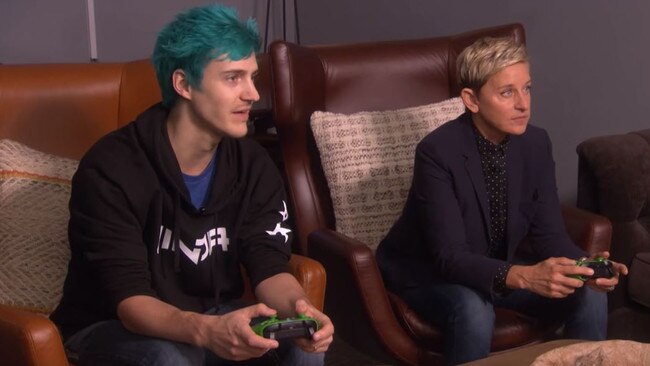
A select few, like US cult gaming hero Ninja (real name Richard Tyler Blevins), can even command million-dollar endorsement deals such as the one he signed last year when he agreed to play Apex Legends on his streaming platform for just one week.
Sydney Click House resident Nathan Ryan — aka Crayator — said most of his revenue comes from subscribers, who pay between $5 and $45 to watch his content.
This is a lively mix of gaming and pranks that has earned him — and his distinctive moustache — cult status.
“But money comes from all over the place really,” said Ryan, who, at 26, described his financial position as “very comfortable”.
“Sometimes money can come from subs, sometimes it comes from YouTube, sometimes it comes from ad revenue, it just really depends on where you decide to put the work in that day,” he said.
“I’m not exactly driving around in a Ferrari … not that I would buy a Ferrari even if I could afford it.
“But for a kid that grew up in Warrawong … sometimes I think about the fact that now I live in this mansion in Sydney and I play video games for a living and I can’t believe it.
“I look out the window sometimes and I think: ‘Is this actually happening’?”


